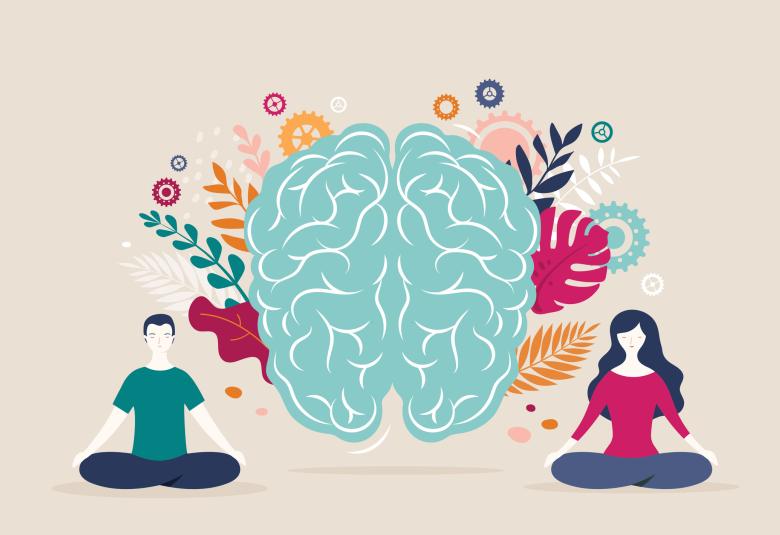Slow wave brain activity and slow wave sleep are key for cortical neuron maintenance and synaptic homeostasis following learning-induced synaptogenesis and synaptoplasticity. New insights into the molecular mechanisms underlying the effects of rapid antidepressants are highlighting the importance of slow wave sleep in maintaining brain health and were presented by Professor Tomi Rantamäki, Helsinki, Finland, at ECNP 2021.
Molecular mechanisms associated with the effects of rapid antidepressants
Stress-induced atrophic changes in the brain are normalized by rapid acting antidepressants
The physiologic changes taking place in the brain during pharmacologically-induced rapid and sustained antidepressant effects are highlighting the importance of cortical neuron maintenance and synaptic homeostasis during slow wave sleep, said Professor Rantamäki.
Mouse and rat studies suggest that stress-induced atrophic changes in the brain are reversed by rapid acting antidepressants through a rapid induction of synaptogenesis and synaptoplasticity.1
Synaptogenesis and synaptoplasticity involve brain-derived neurotrophic factor and its receptor tropomyosin receptor kinase
The underlying molecular mechanisms for the synaptogenesis and synaptoplasticity appear to involve brain-derived neurotrophic factor BDNF and its target receptor tropomyosin receptor kinase B (TrkB),1 Professor Rantamäki explained.
More research is needed to clarify the precise pathways, but hypotheses include:
- Disinhibition, leading to increased release of glutamate, which in turn regulates BDNF release and then activation of the TrkB receptor1
- Direct binding to the TrkB receptor, facilitating BDNF activation and plasticity2
Such fast and in some cases sustained antidepressant effects can also be induced by non-pharmacological interventions, for example electroconvulsive therapy and sleep deprivation,3 added Professor Rantamäki.
The excitatory effect is followed by slow wave activity
Rapid antidepressant” interventions are excitatory
Experiments in mice have shown that “rapid antidepressant” interventions are excitatory. However, after the acute high-frequency excitatory oscillations dissipate, a slow wave electroencephalogram (EEG) activity — a characteristic feature of deep sleep — emerges in the cortex,3 said Professor Rantamäki.
This slow wave activity is associated with regulation of BDNF-TrkB signaling and restoration of synaptic homeostasis.1
Synaptic homeostasis, plasticity, and sleep integrate rapid antidepressant effects
Based on these studies Professor Tomi Rantamäki and his colleagues have proposed ENCORE-D — Encoding, Consolidation, and Renormalization in Depression in which synaptic homeostasis, plasticity, and sleep integrate rapid antidepressant effects.1
Professor Rantamäki highlighted that ENCORE-D aligns with the synaptic homeostasis hypothesis (SHY) to explain the purpose of slow wave sleep as a period for synaptic homeostasis to normalize cortical synaptogenesis induced by learning during wakefulness.4
Cortical synaptogenesis induced during wakefulness cannot continue unabated due to metabolic and space demands, Professor Rantamäki explained.
Sleep-wake neurobiology is linked to rapid and sustained antidepressant effects
Professor Rantamäki concluded by commenting on the current lack of data on sleep in preclinical and clinical studies addressing antidepressant effects5 and called for more research into the physiologic basis underlying sustained antidepressant effects and sleep.
Our correspondent’s highlights from the symposium are meant as a fair representation of the scientific content presented. The views and opinions expressed on this page do not necessarily reflect those of Lundbeck.




